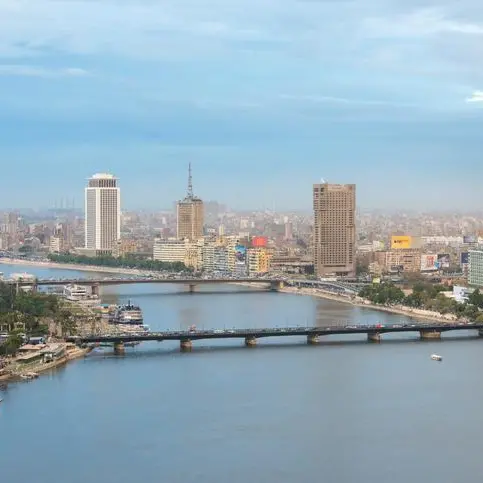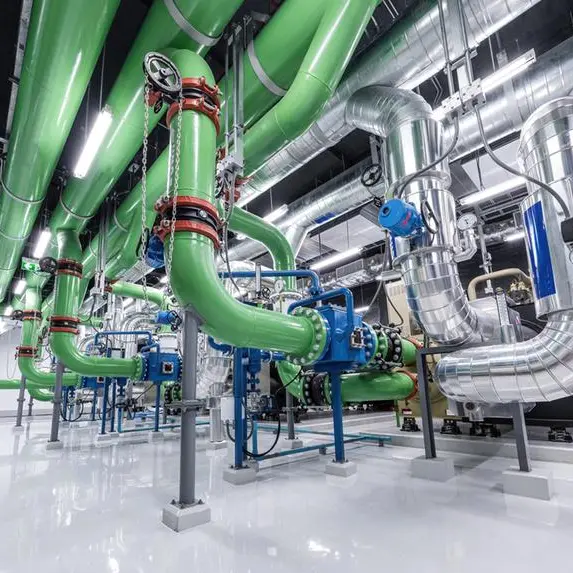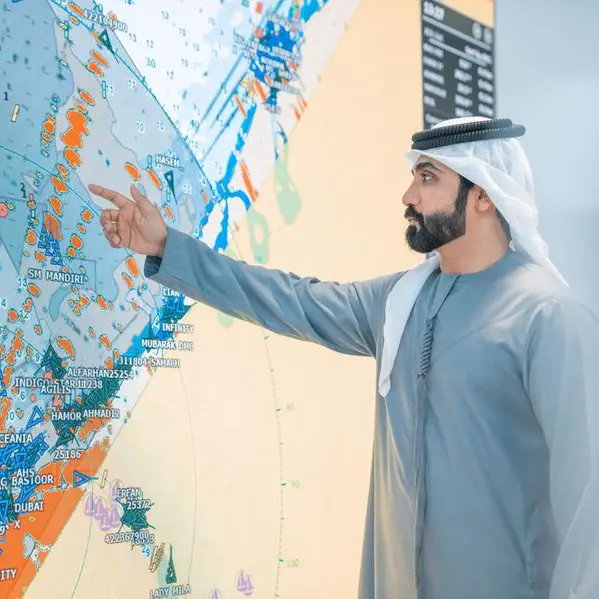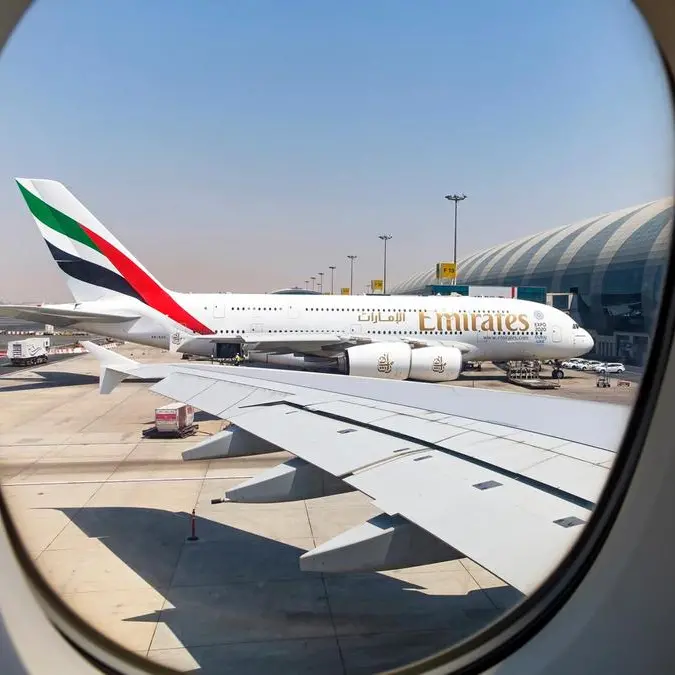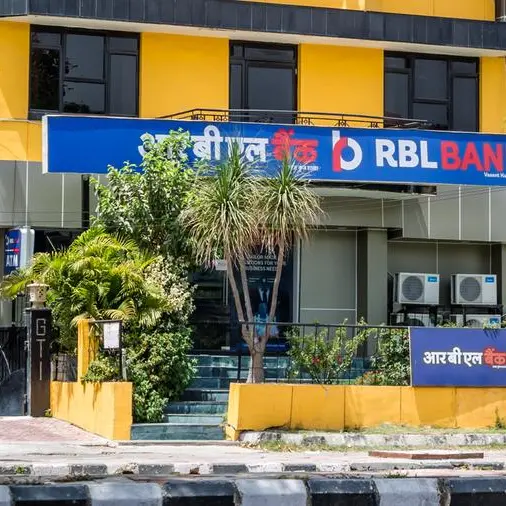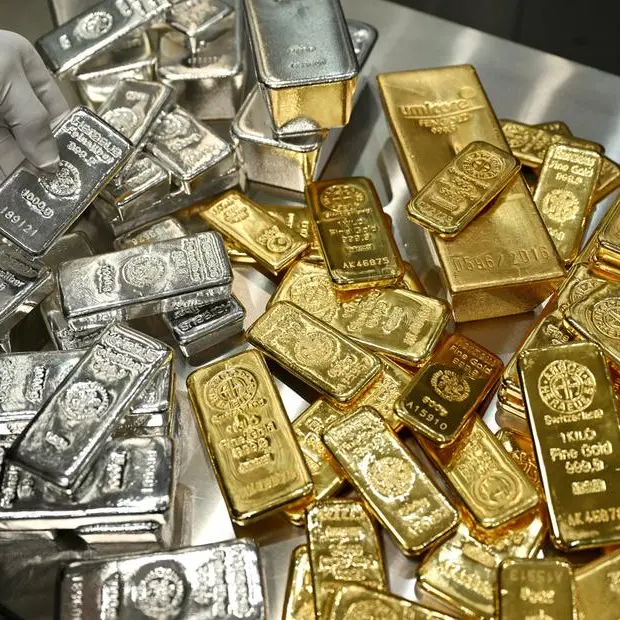DOHA: Weak economic environment will negatively weigh on the financial performance of Islamic banks in the Gulf Cooperation Council (GCC) countries in 2016 and 2017. The drop in the oil price that started since the second half of 2014 resulted in a significant slowdown of the GCC economies and reduced growth opportunities for their banking systems, S&P Global Ratings noted yesterday.
The ratings agency now forecasts oil prices will reach $50 per barrel in 2018, with unweighted average economic growth of the six GCC countries of 2.1 percent in 2016 and 2.5 percent in 2017.
As a result, a more pronounced slowdown is expected in the growth of both conventional and Islamic banks in the GCC. Nevertheless, S&P Global Ratings thinks that GCC Islamic banks have built sufficient buffers to navigate through this new environment.
Asset growth started to moderate in 2015, reaching 7.0 percent for Islamic and 5.7 percent for conventional banks in 2015, compared with 12.3 percent and 9.6 percent, respectively, in 2014. In its base-case scenario, S&P assumes that growth will drop to around 5 percent for both types of banks in 2016 as governments strive to restore their fiscal sustainability through a mix of spending cuts and revenue-boosting initiatives.
The economic slowdown will be more pronounced in Saudi Arabia and the United Arab Emirates (UAE). In Saudi Arabia, S&P expects that the government will cut spending by close to 15 percent, attempting to offset a decline in government revenues of a similar magnitude.
In the UAE, the current trend in the real estate sector resulting in fewer growth opportunities for Islamic banks, although investments related to Dubai Expo should help create some opportunities.
Qatar and Kuwait appear to be less affected and we expect spending to remain buoyant in Qatar for the preparation of the World Cup 2020, while the government in Kuwait is planning to boost its investment spending and allocate a significant share of new project financing to Islamic banks.
Some Islamic banks might be under higher pressure due to relatively higher exposure to real estate, either as direct exposure or as underlying asset to ensure the Sharia compliance of the transaction. Banks such as Kuwait Finance House and Dubai Islamic Bank, which have historically displayed higher concentration in the real estate sector, could experience higher pressure on their asset quality indicators relative to peers. Overall, S&P thinks that subcontractors and small and midsize enterprises (SMEs) will bear the brunt of the turning economic cycle and prominently contribute to new nonperforming financing formation in 2016 and 2017.
S&P Global Ratings anticipates that GCC Islamic banks' profitability will deteriorate in 2016 and 2017. Several factors.
Growth opportunities are becoming scarcer as governments cut their expenses to cope with the new oil price reality. "We also think that banks will become selective and prioritize quality and risk profile over quantity and profitability. Cost of funding will increase due to lower liquidity, a direct consequence of the fall in oil prices.
The increase in conventional interest rates might push some clients to switch from unremunerated deposits to profit-sharing investment accounts (PSIAs), exacerbating the pressure on profitability. Very few banks have set aside significant amounts of "profit equalization reserves" and "investment risk reserves".
Having said that S&P think that GCC Islamic banks are on an equal footing with their conventional counterparts as far as cost of funding is concerned.
"We foresee an increase in credit losses due to the less supportive economic environment. Exposure to subcontractors, SMEs, and some private sector retail will lead the trend. We therefore expect the revenue growth for the banks to decelerate and we expect the banks to focus on their cost base to mitigate the impact."
© The Peninsula 2016
